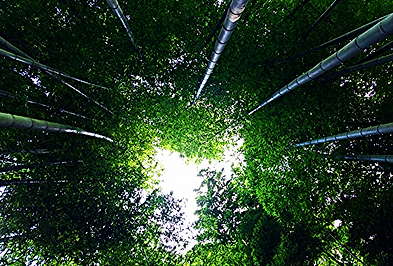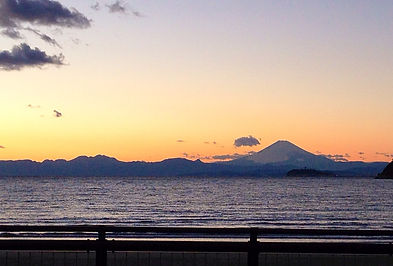AUTHENTIC JAPANESE COOKING CLASS AT HOME
IN KAMAKURA
Class in English with Mariko
”Washoku” traditional Japanese cuisine has been added to UNESCO insensible cultural heritage list on 2013.
You can visit a local home to experience and enjoy a real Japanese meal with
professional Japanese a cook Mariko.
梅
What is "Kamakura"?
Kamakura
Kamakura proper is the central area of present-day Kamakura City, Kanagawa Prefecture.
From the end of the 12th century until the middle of the 14th century (1333), Kamakura was the seat of the Kamakura shogunate, which was led by the Minamoto clan.
In part due to the Ancient Capitals Preservation Law, which has helped to regulate indiscriminate development, Kamakura offers a relatively rich array of cultural assets such as old shrines, old temples, and other historical remains.
These include Kanagawa Prefecture’s sole architectural national treasure, the Enkaku-ji Temple reliquary hall. As such, the attractions of Kamakura are different to those that can be found in modern town Tokyo.
Here, one can enjoy the charms of an atmosphere that still offers something of the “original Japan” kept from a wave of modernization, thereby having protected the old townscape with numerous old temples.


Kita Kamakura
Kita Kamakura (North Kamakura) is an area located to the immediate west of Tsurugaoka Hachiman-gu Shrine, and is one of the areas that retain the most classic Kamakura atmosphere. It happens to be my favorite place in Kamakura.
In modern times, Kamakura became home to many writers, artists and other cultural folk who are known collectively as Kamakura bunshi (Kamakura men of letters).
Kamakura can be reached directly by train from Tokyo, Shinagawa, Shibuya, or Shinjuku in just under an hour, and so there are many people who have set up their family homes here and commute to work in the capital. Others choose to live here because they love old townscape, nature, and the sea.
We are two such people.
If you are visiting Japan and are staying in a hotel in Tokyo, it is too nice place to stay just in Tokyo to not visit Kamakura at least once after having come all the way to Japan. Kamakura is rich with sites on the must-see list: scores of historical buildings and temples, ways of living that are rooted in the locality, and natural environments that are unique to Japan.
It is also possible to stay in Kamakura and to make sightseeing trips to up to Tokyo. The city you select as your base is a matter of personal preference.

Access
From Station Tokyo, Shinagawa, Yokohama, Kita-kamakura.
By JR Yokosuka Line
The JR Yokosuka Line connects Tokyo Station directly with Kamakura Station. The one way trip takes just under an hour and costs 920 yen. Along the way, the trains also stop at Shinagawa Station, Yokohama Station and Kita-Kamakura Station among others.
From Station Shinjuku, Shibuya, Ebisu, Osaki.
By JR Shonan Shinjuku Line
The JR Shonan Shinjuku Line provides a direct connection between Shinjuku Station and Kamakura Station. The one way trip takes about one hour and costs 920 yen. Along the way, the trains also stop at Shibuya, Ebisu, and Osaki Station. Only trains bound for Zushi, that is roughly every second train (about two departures per hour), provide a direct connection to Kamakura. Otherwise, a transfer of trains is required at Totsuka Station.

